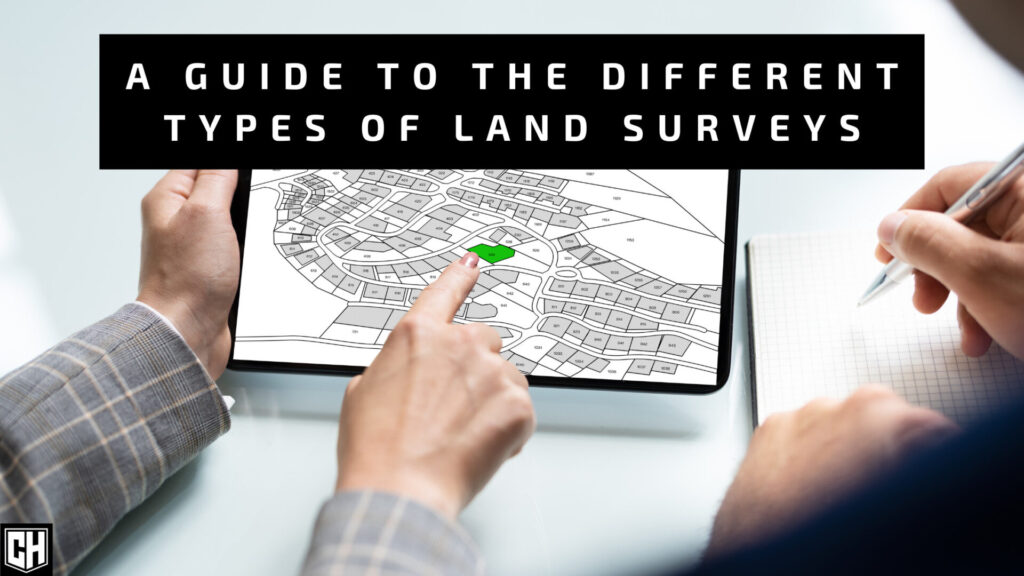|
|
If you’re considering becoming a real estate investor, then one of the simplest ways to do it is to buy land. Why is this?
It’s because land has inherent value, it tends to go up in price over long periods of time, and perhaps most importantly, there is a fixed supply of it. For these reasons, many real estate investors like to buy land in the “path of progress” and then hold it until it can be sold for a hefty profit.
Of course, one of the common downsides of raw land is that it doesn’t tend to produce cash flow. However, in some cases it can be rented out as farmland, used to pasture animals, or used to host cell towers, solar panels, windmills, or billboards, for example.
All of these approaches can produce cash flow. In other situations, it can be used to harvest timber or minerals.
Buying Raw Land
Buying land may seem like a simple process. After all, it’s yours to purchase and own until you decide to sell it. However, most people don’t realize that there are a few things you should do before purchasing it.
The first thing to do when buying land is to consider the type of survey you want. This is because a land survey is different from a property line survey, which is what is done when you buy a home for residential purposes.
When buying a home to live in, you care about where your property ends and your neighbor’s begins. In contrast, when you’re buying land, you need a land survey.
A land survey provides a method of mapping out the shape and the boundaries of a piece of raw land. It’s a diagram that shows the size, shape, and characteristics of your parcel, as well as its physical features, that can include natural elements (like ponds and hills) or manmade structures (like bridges, barns, and roads).
Ready to go deeper? In this article, we’ll discuss the different types of land surveys and what you should know before buying undeveloped land.
ALTA/ACSM Survey
An ACSM or ALTA land survey follows a nationwide set of standards. These surveys include more elements than a traditional land survey. They are used most often when purchasing or refinancing commercial property.
It is intended to collect information from a sample of the residential real estate owner/operator population. Participants are asked to provide information on their views and backgrounds, as well as the types of services and products they use in real estate transactions.
Boundary Survey
A boundary survey is a detailed survey of the boundary lines of the land, usually conducted by a surveyor. The surveyor uses accurate measurements and angles to determine the exact location and angles of the boundary lines of the land. This type of survey is often used to settle legal disputes or to determine the ownership of the property.
Construction Staking
A construction survey maps out the boundaries of a building project, the earthwork, and the location of structures. These structures include foundations, roads, water lines, and other features. This type of land survey is used during the construction of a building, roadway, or other structure.
Location Survey
A location survey defines the boundaries of a property by determining precise tie points for boundary markers. This survey provides an accurate description of boundary lines and any applicable encumbrances.
This type of survey requires precise measuring and mapping methods. These methods can vary from region to region and may include aerial mapping or the use of GPS technologies.
Results from location surveys are typically used to help define and support property rights. They determine appropriate taxes, fees, and regulations associated with the specific property.
Right-of-Way Survey
A right-of-way survey identifies the boundaries of a public road or other public passageway that is privately owned. This type of survey determines the amount of land needed to construct a road or build structures such as bridges.
Right-of-way surveys are also used to assess the condition of existing infrastructure. They aid in designing any necessary improvements. The survey will confirm restrictions, note locations of boundaries, and identify any encroachments.
Topographic Survey
A topographic survey provides a detailed, two-dimensional map of the land. It captures natural and man-made features of the land, such as elevations, contours, bodies of water, and other points of interest. This survey is often used for mapping, designs for projects, and construction.
Topographic surveys by land surveyors provide information about the land that is essential for decision-making. And they are the foundation for the majority of land development projects.
Which of These Types of Land Surveys Is Right for You?
Land surveys are a valuable resource across many applications and can be used in a variety of ways. Whether it be assessing land features or tracking topography, land surveys can offer accurate results.
If you need help, a professional land surveying company can help you to acquire the various types of land surveys. Don’t hesitate to get advice on your land survey options because there are many types from which you can choose.
Did you find this article helpful? If so, check out the real estate section of this site for more information.
